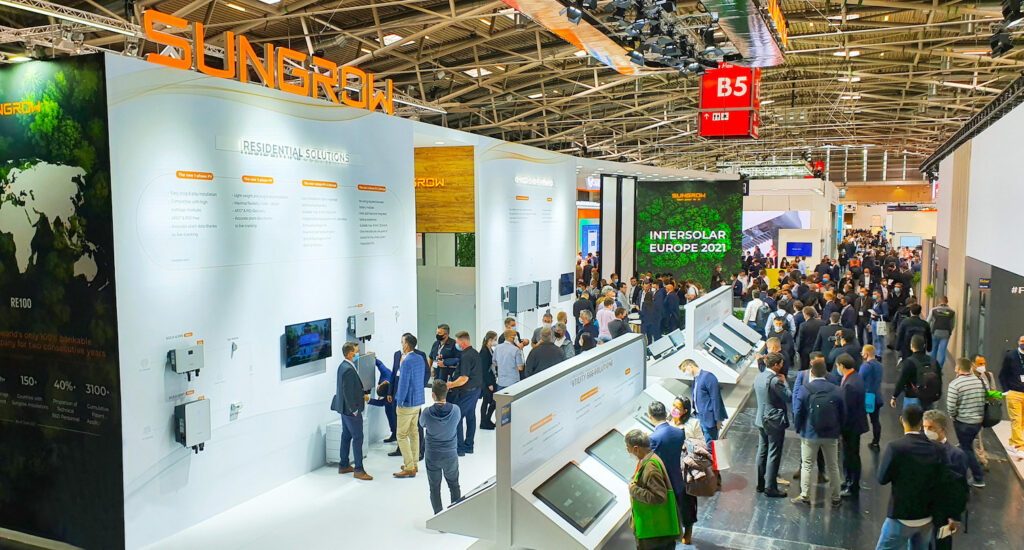
28 October 2021: 50MW battery project in New South Wales to provide synthetic inertia begins pre-commissioning tests
Testing has begun of a 50MW / 75MWh battery energy storage system (BESS) in Australia which will provide synthetic inertia to the grid.
Enjoy 12 months of exclusive analysis
- Regular insight and analysis of the industry’s biggest developments
- In-depth interviews with the industry’s leading figures
- Annual digital subscription to the PV Tech Power journal
- Discounts on Solar Media’s portfolio of events, in-person and virtual
Last October Energy-Storage.news reported that transmission system operator TransGrid was trialling the use of batteries to keep the grid stable with the project, at its Wallgrove substation in Western Sydney. The Wallgrove BESS project was then wrapped into TransGrid’s newly-launched commercial project arm, Lumea.
Lumea said that the battery system achieved registration with the Australian Energy Market Operator (AEMO) earlier this week and is set to begin its commissioning process. The Wallgrove project is expected to be fully operational early next year.
It was built with Tesla’s Megapack BESS technology and will be traded and dispatched into energy market opportunities including frequency control ancillary services (FCAS) by Iberdrola. The project was supported by funding from the Australian Renewable Energy Agency (ARENA) and the New South Wales government.
It is the first battery storage system in the state of New South Wales to provide synthetic inertia to the grid and follows a 30MW trial project performing a similar function which was deployed in South Australia in 2018.
27 October 2021: Flow battery maker H2 raises US$15m funding
H2 Inc, a South Korea-headquartered flow battery manufacturer has secured US$15 million through a Series B funding round.
The company said the funds will be used to expand manufacturing capacity and automation, so that it can proceed with large-scale flow battery projects in its pipeline. The projects are a combination of domestic and international opportunities.
H2 said it is targeting 330MWh of production capacity in an initial first phase of capacity expansion. Its vanadium redox flow battery (VRFB) stack is used in 20ft container (270kWh) and cabinet (50kWh) configurations. Its VRFBs offer between four and 10 hours of energy storage duration.
The company claimed a 1.1MWh system deployed in Ulsan, South Korea, last year is the only commercially operating non-lithium battery installation receiving renewable energy credits (RECs) in the country.
Founded in 2010, H2 said it has raised US$38 million in total so far and is targeting international markets such as the US, having received UL 1973 safety standard certification for its cell stack.
Also this month, another Asian vanadium flow battery company, Singapore’s VFlowTech said it raised US$3 million in pre-Series A financing. The company is aiming for commercial, microgrid and utility-scale markets with 5kW / 30kWh, 10kW / 100kWh and 100kW / 500kWh modular products.
27 October 2021: Sungrow launches ‘highly integrated’ C&I product for APAC region
Sungrow has launched a new modular battery energy storage system (BESS) product aimed at the Asia-Pacific (APAC) region’s commercial and industrial (C&I) market.
The energy storage arm of the China-headquartered major PV inverter manufacturer has launched its ST129CP-50HV series, which it claimed is simple, secure, intelligent and cost-efficient as well as “highly integrated”.
The cabinet solution can be flexibly configured from 50kW to 1MW rated power applications. Sungrow said it has been developed in response to C&I customers’ needs for stable electricity supplies and hedging against energy cost, network security and more.
The units contain two core components: the battery unit including battery modules and HVAC, and the power conversion system (PCS) unit including transformer and energy management system (EMS). Sungrow claimed its simple and lightweight design allows for easy installation and transport logistics.
The company also said the ST129CP-50HV is durable and safe, able to withstand -30℃ to 47℃ temperatures and sand and wind corrosion impacts. It is designed for a 12-year operational lifetime and is equipped with a virtual synchronous generator (VSG) mode and its EMS will allow it to perform multiple applications including demand management and peak shaving, arbitrage, back up power and microgrid forming while also enabling remote monitoring and operations and maintenance (O&M).






